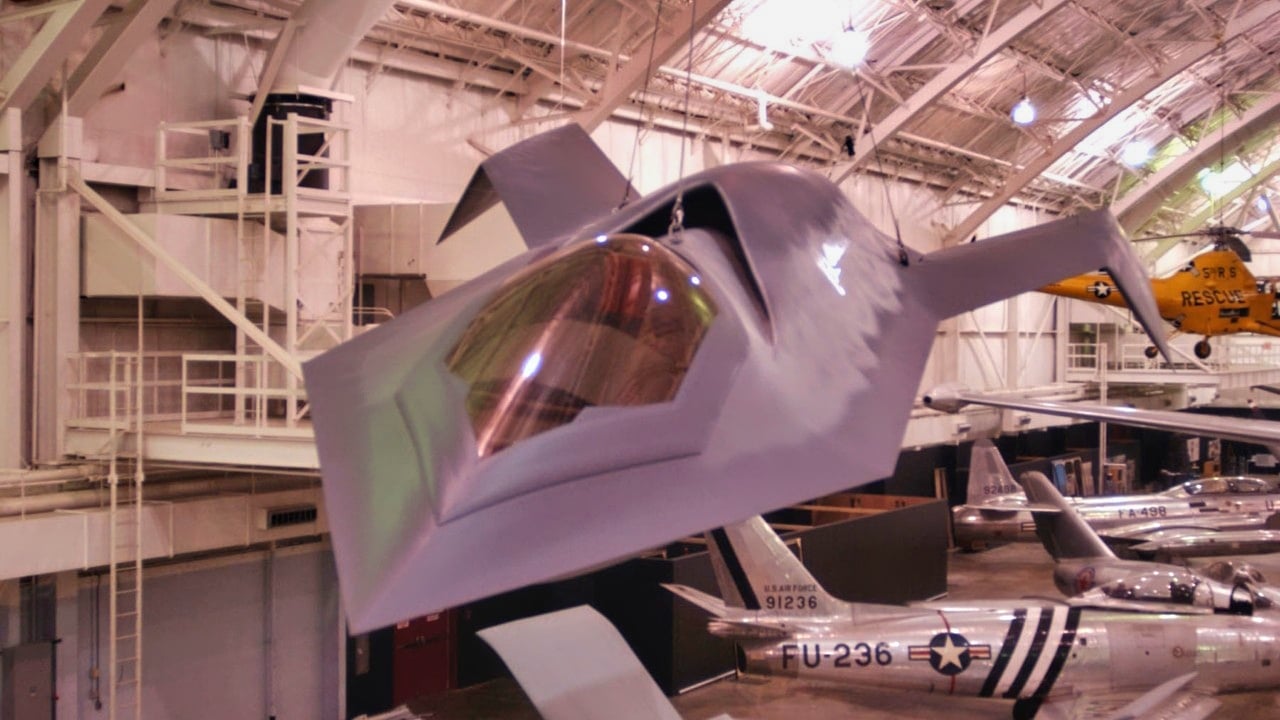Boeing’s YF-118G 'Bird of Prey' was a Stealth Masterpiece
The YF-118G Bird of Prey, developed in the 1990s by Boeing Phantom Works at Area 51, was a pioneering testbed for stealth technologies rather than combat aircraft.
Summary and Key Points: The YF-118G Bird of Prey, developed in the 1990s by Boeing Phantom Works at Area 51, was a pioneering testbed for stealth technologies rather than combat aircraft.
-Launched in 1996, the plane conducted 38 flights, focusing on minimizing radar visibility with its tailless, blended body design.
-Despite its limited altitude (20,000 feet) and speed (300 mph), the Bird of Prey contributed significantly to the stealth features seen in modern warplanes like the F-22 Raptor and F-35 Lightning II.
-Now retired, this unique craft is displayed at the National Museum of the United States Air Force.
YF-118G Bird of Prey: The Stealth Pioneer Developed at Area 51
Developed in secret by Boeing Phantom Works, the YF-118G was created in the 1990s at Area 51. The so-called Bird of Prey plane was developed not for combat, but as a testbed for various technologies, especially those relating to stealth. This testbed would become a major incubator of ideas integrated into America’s fifth-generation warplanes, the F-22 Raptor and the F-35 Lightning II.
The Specs
The Bird of Prey was first launched in 1996 at Area 51 and made a total of 38 flights. The YF-118G was designed for lower altitudes, with a maximum operational ceiling of just 20,000 feet. Its cruising speed was relatively slow at around 300 miles per hour.
Thus, the Bird of Prey was not especially good at outmaneuvering threats. Nor were its designers particularly focused on the flyability of the plane. They were just interested in the stealth features – and the stealth features on this plane were incredible.
A Stealth Fighter
Boeing wanted to explore new methods for aircraft design and construction that would reduce the radar cross section, a concept that was still being developed at the time Boeing began building its Bird of Prey.
This bird featured a tailless, blended body design with no vertical or horizontal stabilizers. It was a total, radical departure from traditional aircraft design that was all about minimizing radar returns rather than worrying about aerodynamics.

For example, the YF-118G featured a gapless control surface that blended into one with the wings, cutting down on radar visibility and enhancing the craft’s stealth. The engine was shielded from the front to further the craft’s already impressive stealth capabilities.
The Real Purpose of the YF-118G
Boeing’s Bird of Prey was never going to be used in battle. It was a bear of a craft to fly. It certainly looked cool, which contributed to the science-fiction origins of its nickname. What the YF-118G did is to contribute mightily to America’s understanding and development of advanced stealth techniques.
Unique construction techniques included using large, single-piece composite structures for the warbird’s design. Boeing also employed early virtual reality design and assembly techniques for the Bird of Prey.
Today, many of these techniques and capabilities are taken for granted in modern stealth warplane designs. The Bird of Prey broke new ground that the other stealth planes in America’s arsenal are following.
The YF-118G Bird of Prey should never be forgotten for its important role in furthering U.S. stealth capabilities.
In fact, it is now viewable as an exhibit at the National Museum of the United States Air Force.
Author Experience and Expertise: Brandon J. Weichert
Brandon J. Weichert, a National Interest national security analyst, is a former Congressional staffer and geopolitical analyst who is a contributor at The Washington Times, the Asia Times, and The-Pipeline. He is the author of Winning Space: How America Remains a Superpower, Biohacked: China’s Race to Control Life, and The Shadow War: Iran’s Quest for Supremacy. His next book, A Disaster of Our Own Making: How the West Lost Ukraine, is due October 22 from Encounter Books. Weichert can be followed via Twitter @WeTheBrandon.
All images are Creative Commons or Shutterstock.
From the Vault
Russia Freaked Out: Why the U.S. Navy 'Unretired' the Iowa-Class Battleships
Battleship vs. Battlecruiser: Iowa-Class vs. Russia's Kirov-Class (Who Wins?)


